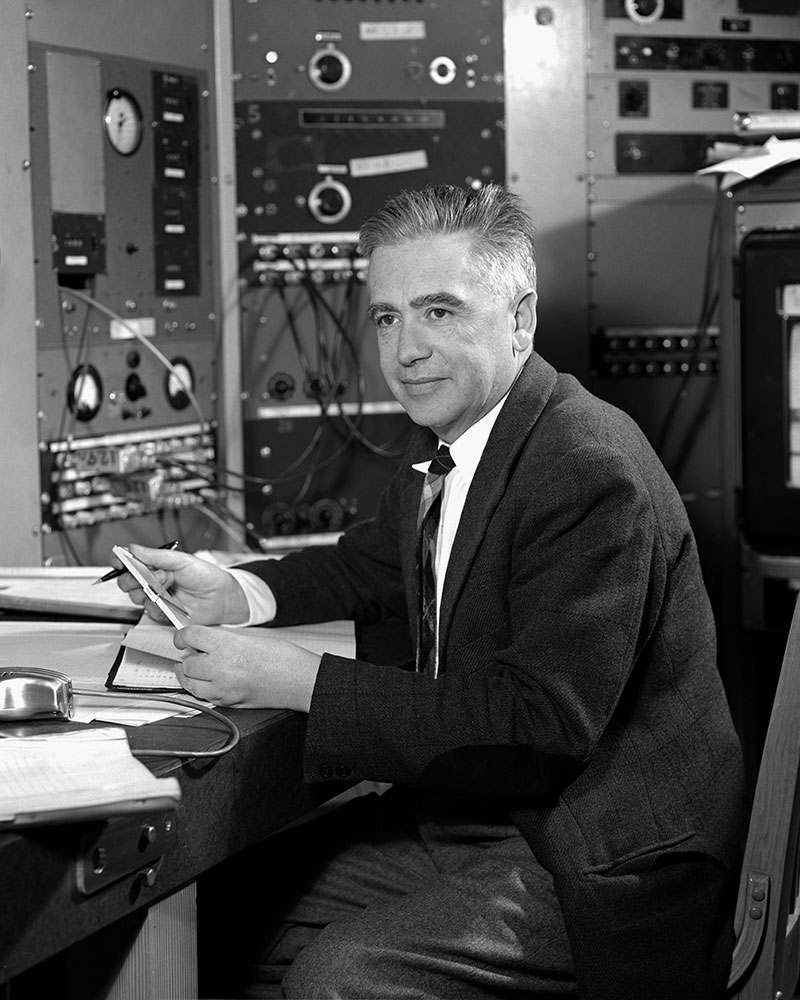Emilio Segré (1905-1989)

Emilio Segré was born in Tivoli, Rome, on February 1, 1905. He entered the University of Rome as a student of engineering in 1922. In 1927 he changed over to physics and received his Ph.D. in 1928. He studied under Enrico Fermi, the first one to do so under Fermi’s sponsorship. He participated in the discovery of slow neutrons and in the pioneering neutron work carried on in Rome 1934 - 1935. In 1936 he was appointed Director of the Physics Laboratory at the University of Palermo, where he remained until 1938.
In 1938 Professor Segré came to Berkeley, California, first as a research associate in the Radiation Laboratory and later as a lecturer in the Physics Department. At Los Alamos, Segré was the leader of the Radioactivity Group. Their discovery of spontaneous fission of plutonium led to the reorganization of the Los Alamos Laboratory in the summer of 1944.
In 1946 he returned to the University of California at Berkeley as a Professor of Physics. Together with Kennedy, Seaborg, and Wahl, he discovered plutonium 239 and its fission properties. In 1959, with Owen Chamberlain, he won the Nobel Prize in Physics for the discovery of the antiproton. He died on April 22, 1989.